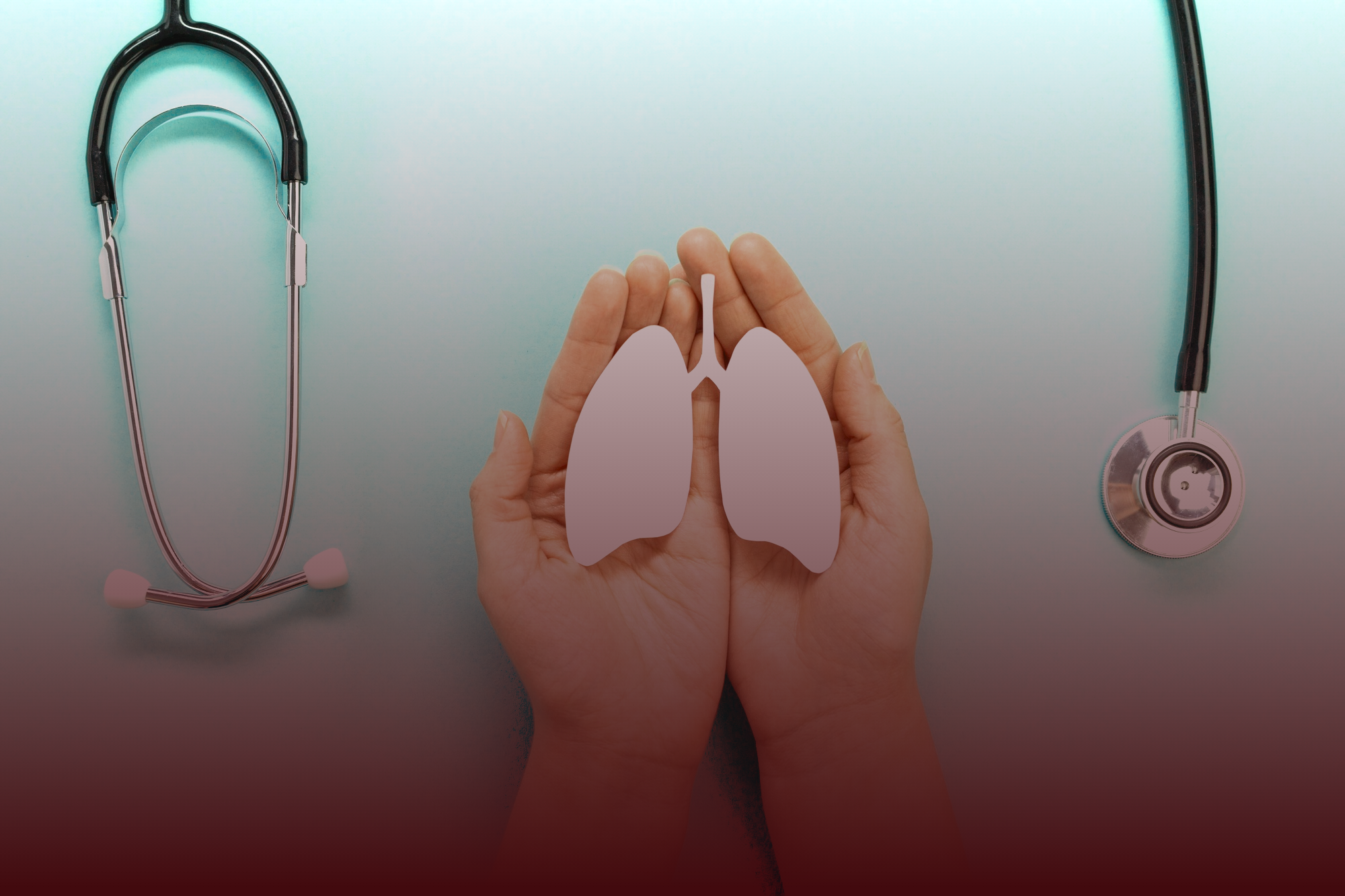
High risk pregnancy with renal problems
Renal disease can affect the outcome of pregnancy, pregnancy can affect the progression of pre-existing renal disease, and pregnancy can itself cause renal impairment. The renal system undergoes significant physiological and anatomical changes during a normal pregnancy.
Renal plasma flow increases by 50-70% in pregnancy (the change is most pronounced in the first two trimesters).
There is an increased glomerular filtration rate (GFR), which peaks at about the 13th week of pregnancy and can reach levels up to 150% of normal.
Therefore, both urea and creatinine levels are decreased.
Increased levels of progesterone at the beginning of pregnancy increase relaxation of arterial smooth muscles and so decrease peripheral vascular resistance, causing a blood pressure fall of approximately 10 mm Hg in the first 24 weeks of pregnancy.
A change in tubular function with increased glycosuria also occurs (see ‘Renal function in pregnancy’, below).
The anatomical changes are mainly in the collecting system. A dilatation of the ureters and pelvis occurs, which can lead to urinary stasis and an increased risk of developing urinary tract infections (UTIs).
There is also an increase in overall kidney size by about 1-1.5 cm.
In general, the physiological changes peak by the end of the second trimester and then start to return to pre-pregnancy levels; anatomical changes generally take up to three months postpartum to subside.
Renal function in pregnancy
Values considered normal when not pregnant may reflect decreased renal function in pregnancy. Creatinine above 75 μmol/L and urea above 4.5 mmol/L are indications for further investigation.
The use of estimated glomerular filtration rate (eGFR) is not recommended in pregnancy.
Glycosuria is common and does not usually indicate diabetes or impaired glucose tolerance.
Urinary protein excretion increases during pregnancy, but never to more than 300 mg/day and, therefore, overt proteinuria is abnormal.
Women are at increased risk of UTI because of renal tract dilatation leading to urinary stasis.
